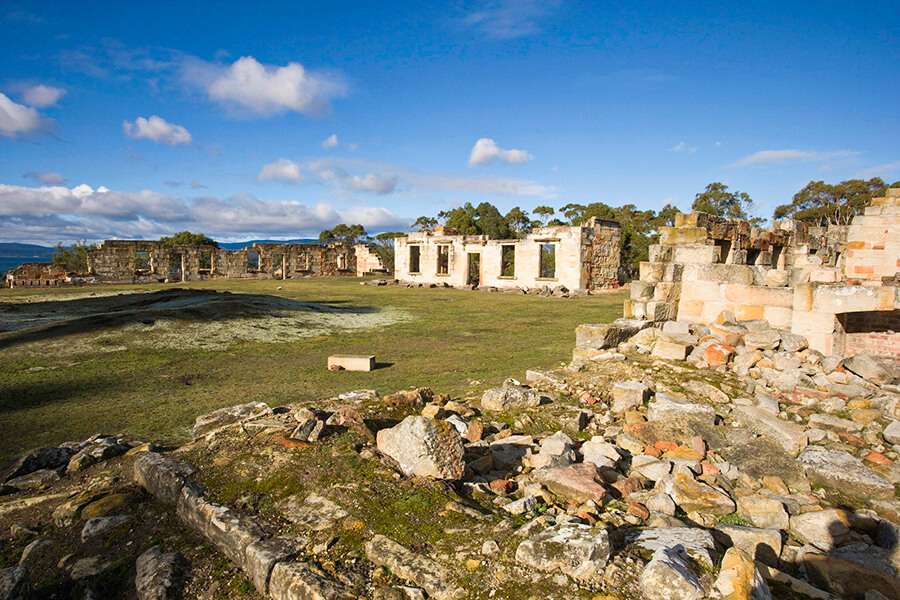Australia is a stunning continent that boasts a wealth of natural landscapes, diverse land and marine life, and is a hub for world-class architecture and innovation. Whether you’re looking to explore breathtaking coastlines, delve into cultural and historical sites, or marvel at geological wonders, we’ve compiled a list of the top World Heritage sites in Australia that you simply can’t miss
Great Barrier Reef
The Great Barrier Reef is a natural wonder located off the coast of Queensland, Australia. It is the largest coral reef system in the world and is known for its incredible biodiversity and stunning marine life
What is the size of the Great Barrier Reef?
The Great Barrier Reef is the world’s largest coral reef system, located off the coast of Queensland, Australia. It stretches over 2,300 kilometers (1,400 miles) and covers an area of approximately 344,400 square kilometers (133,000 square miles). It is so large that it can be seen from outer space! The reef is made up of thousands of individual coral reefs and hundreds of islands. It is home to a wide variety of marine life, including over 1,500 species of fish and 600 types of coral. The Great Barrier Reef is not only a natural wonder but also an important ecosystem that supports both marine and human life.
How many species of fish can be found in the Great Barrier Reef?
The Great Barrier Reef is home to an incredibly diverse range of marine life, including a vast number of fish species. It is estimated that there are over 1,500 species of fish that can be found in the Great Barrier Reef. These species vary in size, shape, and color, ranging from small colorful reef fish to larger predators like sharks and rays. The reef provides a rich and complex habitat for these fish, making it one of the most biodiverse ecosystems in the world.

Sydney Opera House
Sydney Opera House is an iconic and world-renowned performing arts center located in Sydney, Australia. It is known for its distinctive sail-like design and is considered a masterpiece of 20th-century architecture.
How long did it take to build the Sydney Opera House?
The Sydney Opera House is an iconic landmark located in Sydney, Australia. It is renowned for its distinctive sail-like design and serves as a multi-venue performing arts center.
Construction of the Sydney Opera House began in 1959 and took approximately 14 years to complete. The project faced numerous challenges, including cost overruns and design complications. The Danish architect Jørn Utzon was responsible for the original design, which required innovative engineering techniques to bring it to life. Despite the challenges, the Sydney Opera House was officially opened by Queen Elizabeth II on October 20, 1973.
Today, the Sydney Opera House is not only a major tourist attraction but also hosts a wide range of performances, including opera, ballet, theater, and concerts. It has become a symbol of Australia’s cultural identity and is recognized as a UNESCO World Heritage site.
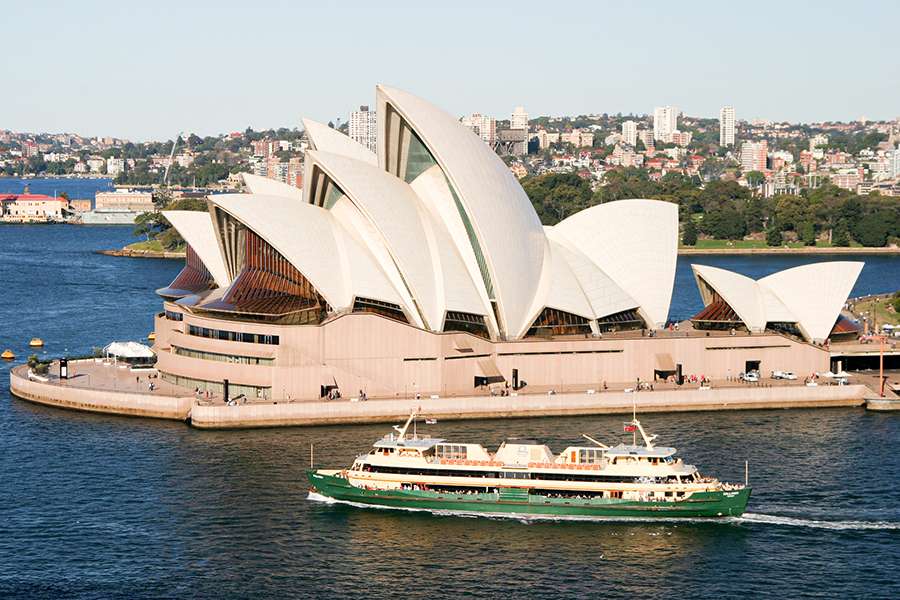
Uluru-Kata Tjuta National Park
Uluru-Kata Tjuta National Park is a protected area in the Northern Territory of Australia, known for its iconic red rock formations, including Uluru (also known as Ayers Rock) and Kata Tjuta (also known as the Olgas).
How big is Uluru-Kata Tjuta National Park?
Uluru-Kata Tjuta National Park is a large protected area located in the Northern Territory of Australia. It is renowned for its natural and cultural significance.
In terms of size, Uluru-Kata Tjuta National Park covers an area of approximately 1,326 square kilometers (512 square miles). This vast park is home to two iconic rock formations: Uluru (also known as Ayers Rock) and Kata Tjuta (also known as the Olgas). Uluru is a massive sandstone monolith, while Kata Tjuta is a group of large domed rock formations.
The park is not only visually stunning but also holds great cultural importance to the Anangu people, who are the traditional owners and custodians of the land. Visitors to the park can learn about the rich Aboriginal culture, explore ancient rock art sites, and engage in various activities such as guided walks, cultural tours, and wildlife spotting.
Uluru-Kata Tjuta National Park is a must-visit destination for those seeking natural beauty, cultural experiences, and an opportunity to connect with the ancient heritage of Australia’s indigenous people.
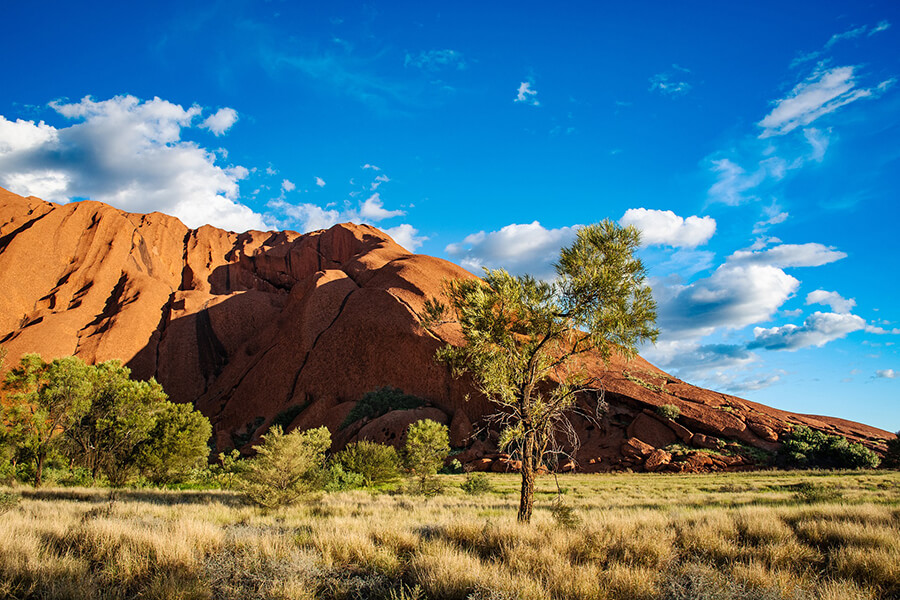
Willandra Lakes Region
The Willandra Lakes Region is a World Heritage-listed site located in New South Wales, Australia. It is known for its outstanding natural and cultural values, including its ancient lake systems, Aboriginal archaeological sites, and evidence of human occupation dating back over 50,000 years.
What are the main attractions in the Willandra Lakes Region?
The Willandra Lakes Region is a UNESCO World Heritage Site located in New South Wales, Australia. It is known for its significant cultural and natural heritage. Here are some of the main attractions in the Willandra Lakes Region:
1. Lake Mungo: Lake Mungo is one of the main attractions in the region. It is a dry lake bed that holds significant archaeological and cultural importance. The ancient human remains found here have provided valuable insights into the history of the Aboriginal people in Australia.
2. Walls of China: The Walls of China are a unique feature in the region. These crescent-shaped sand dunes stretch for several kilometers and were formed by wind erosion. They offer stunning views and are a popular spot for photography.
3. Mungo National Park: Mungo National Park is a protected area within the Willandra Lakes Region. It offers various walking tracks and drives, allowing visitors to explore the natural beauty of the region. The park is home to diverse flora and fauna, including kangaroos, emus, and wedge-tailed eagles.
4. Mallee Stop: Mallee Stop is an information center located near the entrance of Mungo National Park. It provides visitors with valuable information about the region’s history, geology, and Aboriginal heritage.
5. Guided Tours: To fully experience the Willandra Lakes Region, it is recommended to take a guided tour. These tours are led by knowledgeable guides who provide insights into the cultural significance and history of the area.
These are just a few of the main attractions in the Willandra Lakes Region. Whether you are interested in history, nature, or Aboriginal culture, this region offers a unique and enriching experience.
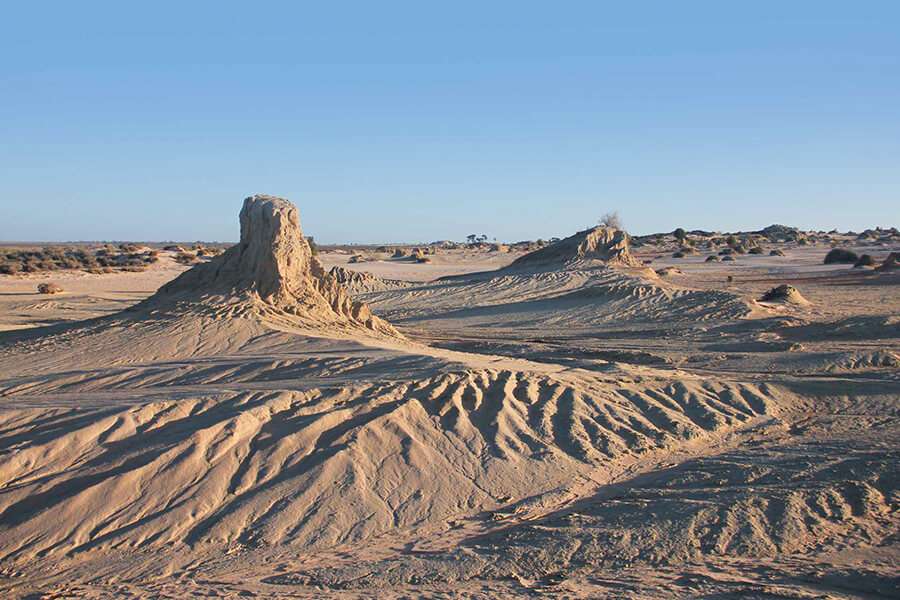
Lord Howe Island
Lord Howe Island is a stunningly beautiful and pristine destination, known for its breathtaking natural landscapes, crystal-clear waters, and unique flora and fauna.
What are the main attractions on Lord Howe Island?
Lord Howe Island is a beautiful and unique destination located in the Tasman Sea, off the east coast of Australia. It is known for its pristine natural beauty and diverse ecosystem. Here are some of the main attractions on Lord Howe Island:
1. Ned’s Beach: This stunning beach is famous for its crystal-clear waters, making it an ideal spot for swimming, snorkeling, and feeding fish.
2. Mount Gower: For adventurous hikers, Mount Gower offers a challenging but rewarding trek. It is one of the highest peaks on the island and provides breathtaking panoramic views.
3. Lagoon: The lagoon on Lord Howe Island is a designated marine park and is perfect for activities like kayaking, paddleboarding, and snorkeling. It is home to a variety of marine life and coral reefs.
4. Ball’s Pyramid: This iconic landmark is the world’s tallest sea stack. It is located just off the coast of Lord Howe Island and can be seen from various viewpoints on the island.
5. Admiralty Islands: These uninhabited islands are a popular spot for day trips. Visitors can enjoy snorkeling, fishing, and exploring the pristine beaches and coral reefs.
6. Lord Howe Island Museum: For those interested in the island’s history and natural heritage, the museum provides insight into its unique ecosystem, settlement history, and World Heritage listing.
7. Bird Watching: Lord Howe Island is a haven for bird enthusiasts, with over 130 species of birds inhabiting the island. The Providence petrel and the Lord Howe Island woodhen are among the rare species found here.
These are just a few of the main attractions on Lord Howe Island. Whether you are seeking adventure or relaxation, this remote paradise offers something for everyone.
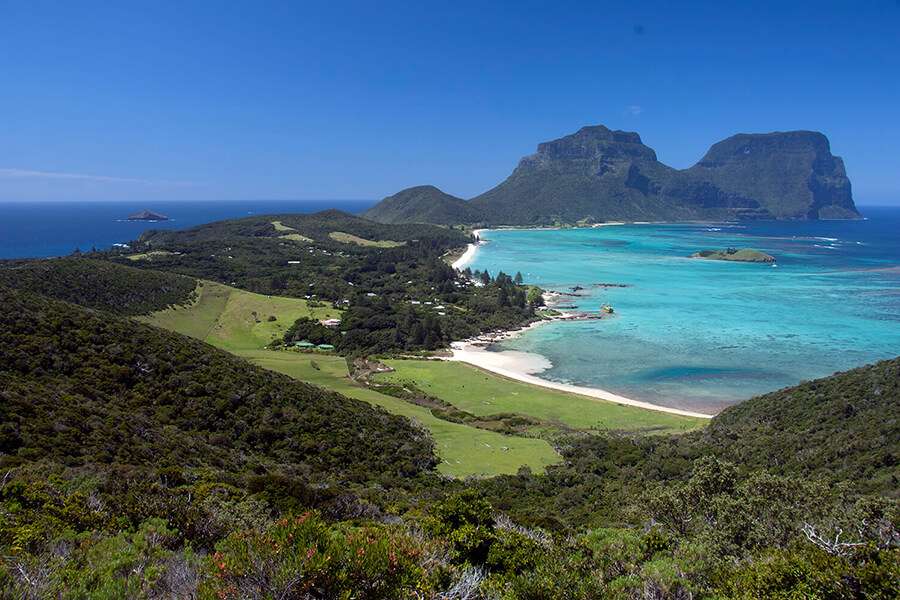
Kakadu
Kakadu is a stunning national park located in the Northern Territory of Australia. It is known for its breathtaking landscapes, diverse wildlife, and rich Aboriginal cultural heritage.
What are the main attractions in Kakadu?
Kakadu National Park is a vast protected area in the Northern Territory of Australia. It is known for its rich cultural heritage, stunning landscapes, and diverse wildlife. Here are some of the main attractions in Kakadu:
1. Ubirr: This rock formation offers breathtaking views of the surrounding floodplains and is known for its ancient Aboriginal rock art.
2. Nourlangie Rock: Another significant rock art site, Nourlangie Rock features stunning examples of Aboriginal rock art and offers panoramic views of the park.
3. Twin Falls and Jim Jim Falls: These iconic waterfalls are located in the southern part of Kakadu and are accessible during the dry season. They are surrounded by towering cliffs and beautiful swimming holes.
4. Yellow Water Billabong: This picturesque wetland is teeming with wildlife, including crocodiles, birds, and fish. A boat cruise on the billabong provides an opportunity to observe the diverse flora and fauna.
5. Gunlom Plunge Pool: Located in the southern region of the park, Gunlom Plunge Pool is a popular swimming spot with a stunning waterfall and panoramic views over the southern hills.
6. Aboriginal Cultural Experiences: Kakadu offers various opportunities to learn about Aboriginal culture and traditions through guided tours, art workshops, and cultural performances.
These are just a few highlights of Kakadu National Park. It is a truly remarkable destination with much more to explore and discover.
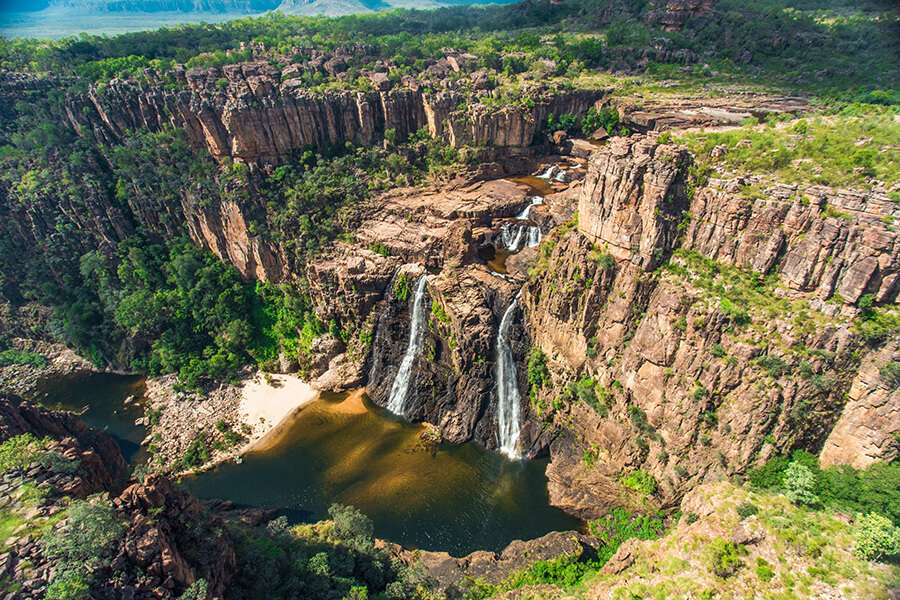
Shark Bay
Shark Bay is a stunning and diverse World Heritage site located in Western Australia.
What is the main attraction in Shark Bay?
Shark Bay is a World Heritage Site located in Western Australia. It is known for its unique and diverse natural features. One of the main attractions in Shark Bay is the stunning marine life and the world’s largest seagrass beds. These seagrass meadows support a rich ecosystem, including the famous population of dugongs, also known as sea cows. Shark Bay is also home to the stromatolites, which are living fossils and one of the oldest forms of life on Earth. The incredible biodiversity, beautiful beaches, and clear waters make Shark Bay a popular destination for nature lovers and those interested in marine conservation
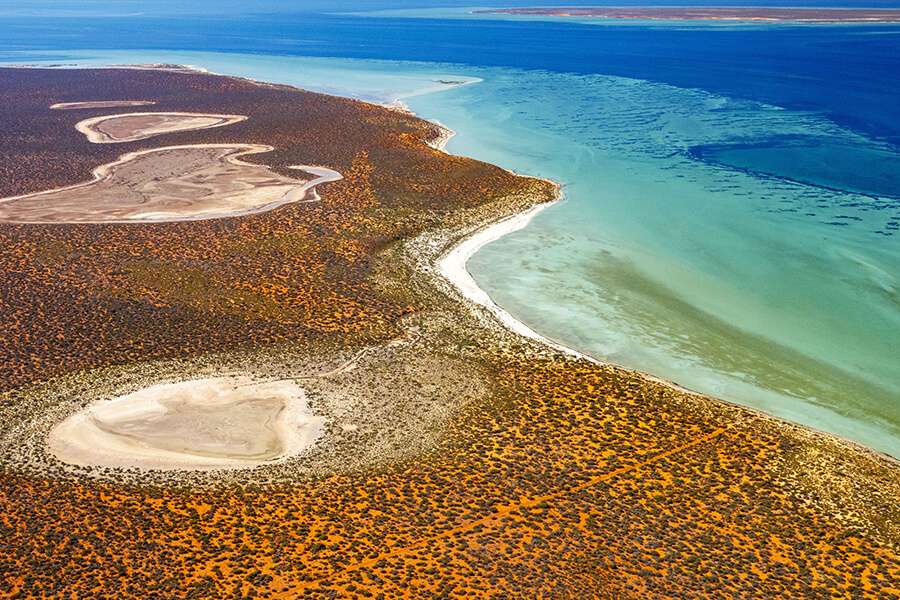
Australian Convict Sites
The Australian Convict Sites are a collection of 11 penal sites that were established during the 18th and 19th centuries. These sites were used to house convicts who were sent to Australia as punishment for their crimes. Today, they are recognized as UNESCO World Heritage Sites and offer visitors a unique glimpse into Australia’s colonial history.
